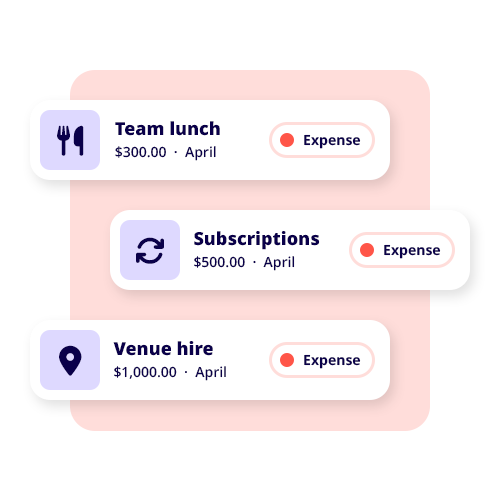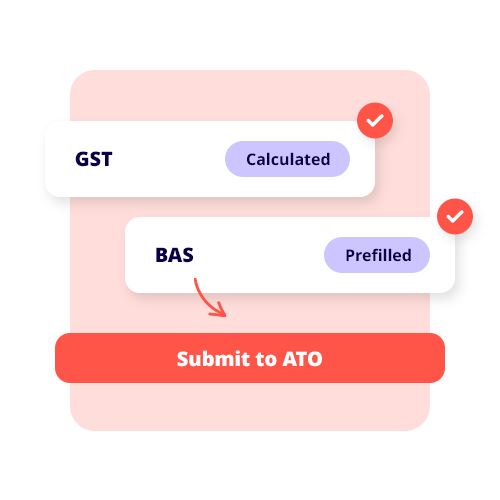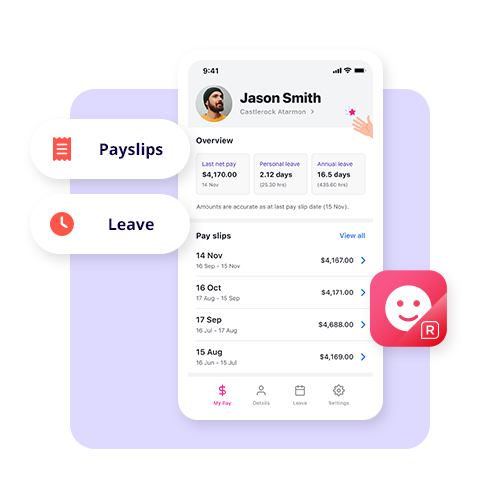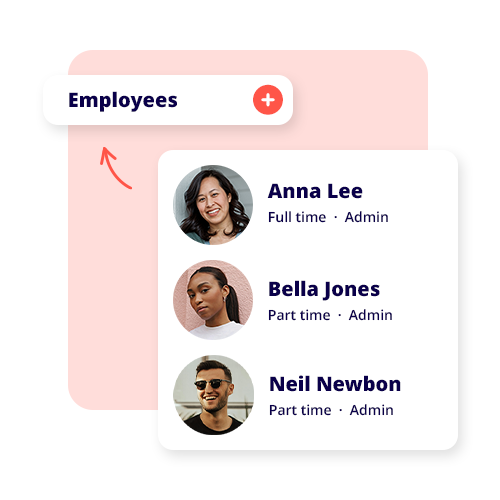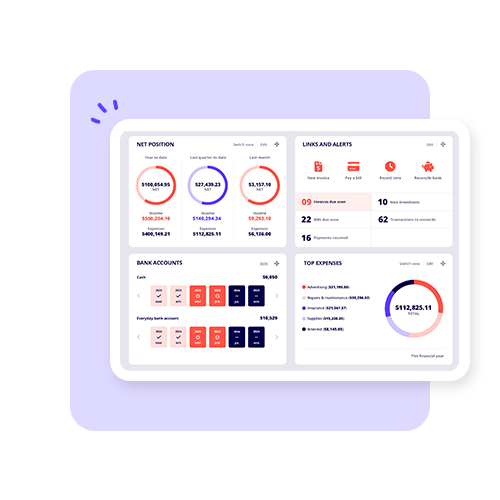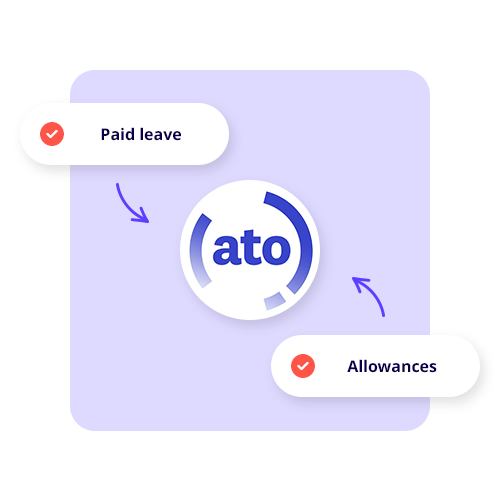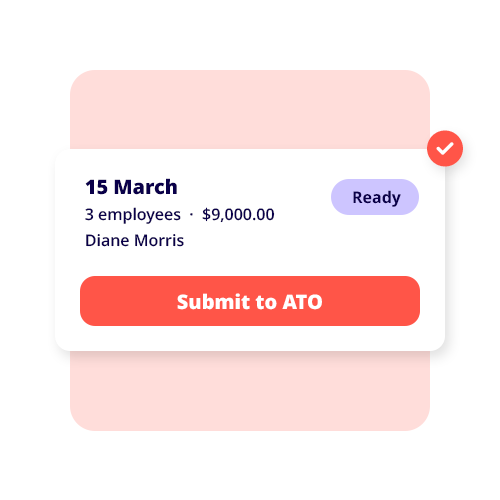A liability refers to your debts as a business. When it comes to basic business management and sound accounting, understanding your liabilities should be a chief concern.
What are liabilities in business?
Liabilities are a business’ legal debts or financial obligations that arise during the regular course of doing business.
Liabilities represent claims by creditors on the assets of a business and are essentially amounts owed to other businesses or individuals. Liabilities are a crucial aspect of financial analysis as they provide insights into the liquidity and overall financial health of a business.
How do you calculate liabilities in accounting?
Liabilities are recorded on a company’s balance sheet. They are a crucial component of the accounting equation. In small business accounting, you can discover your liabilities by using a simple calculation:

Assets = Liabilities + Equity
Examples of liability
Liabilities are the opposite of assets. They can refer to a range of debts or outgoings. Some of the more common liabilities for a business include:
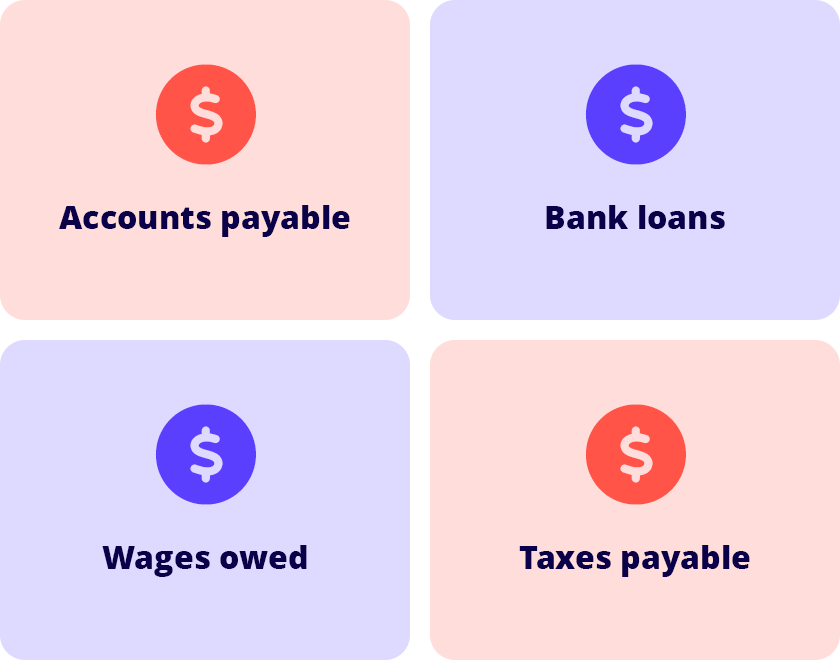
- accounts payable
- bank loans
- wages owed
- taxes payable.
What are current liabilities?
Current liabilities are liabilities sitting on your balance sheet that are seen as short-term. If you have a debt payable (for example an unpaid invoice for supplies) within a year or a standard operating cycle, this is known as a current liability.
What are non-current liabilities?
Non-current liabilities, conversely, are long-term liabilities on your balance sheet that reference debts that won’t be paid for more than a year.
See related terms
What is an invoice?
What are fixed assets?
What is a balance sheet?












